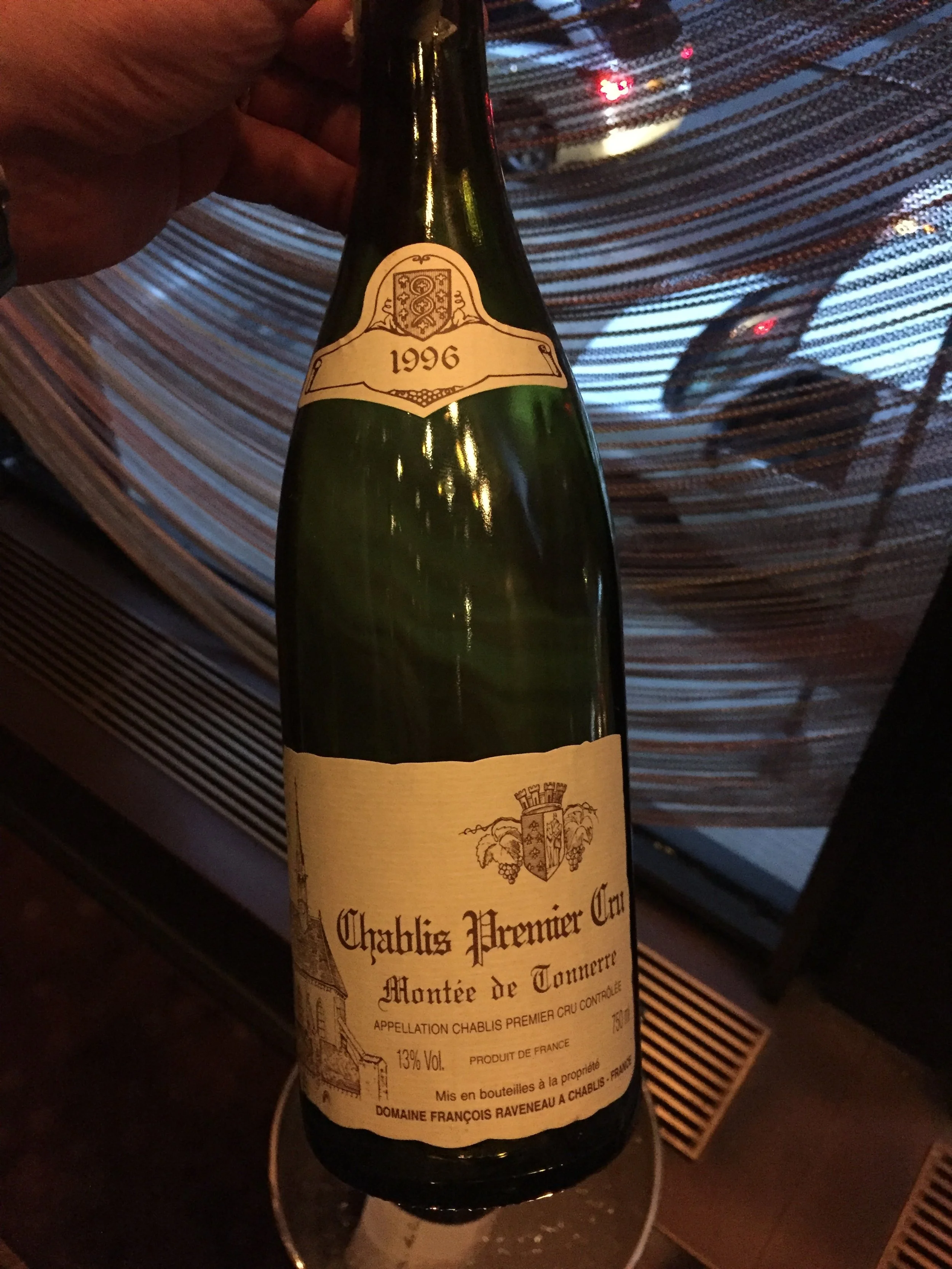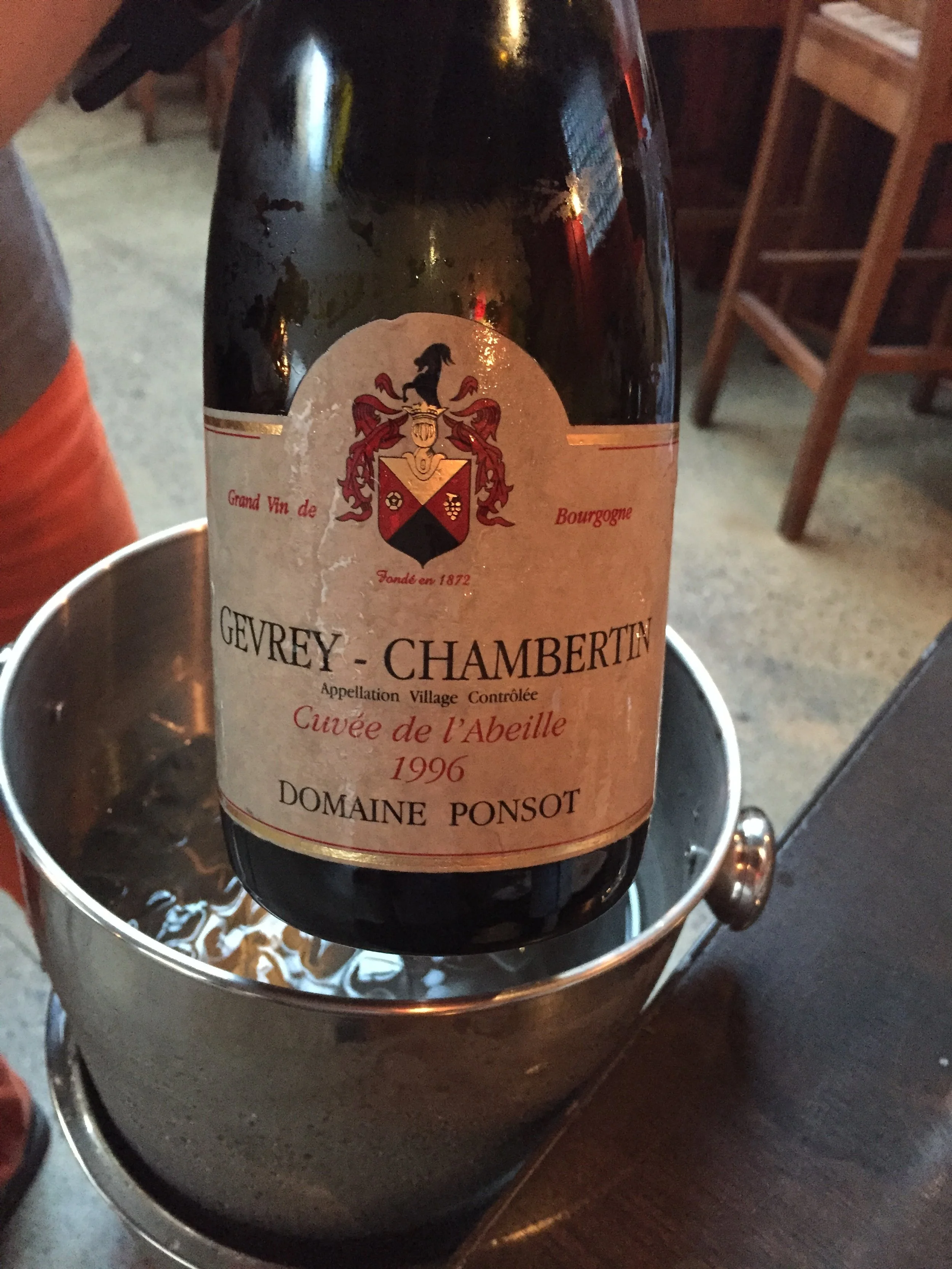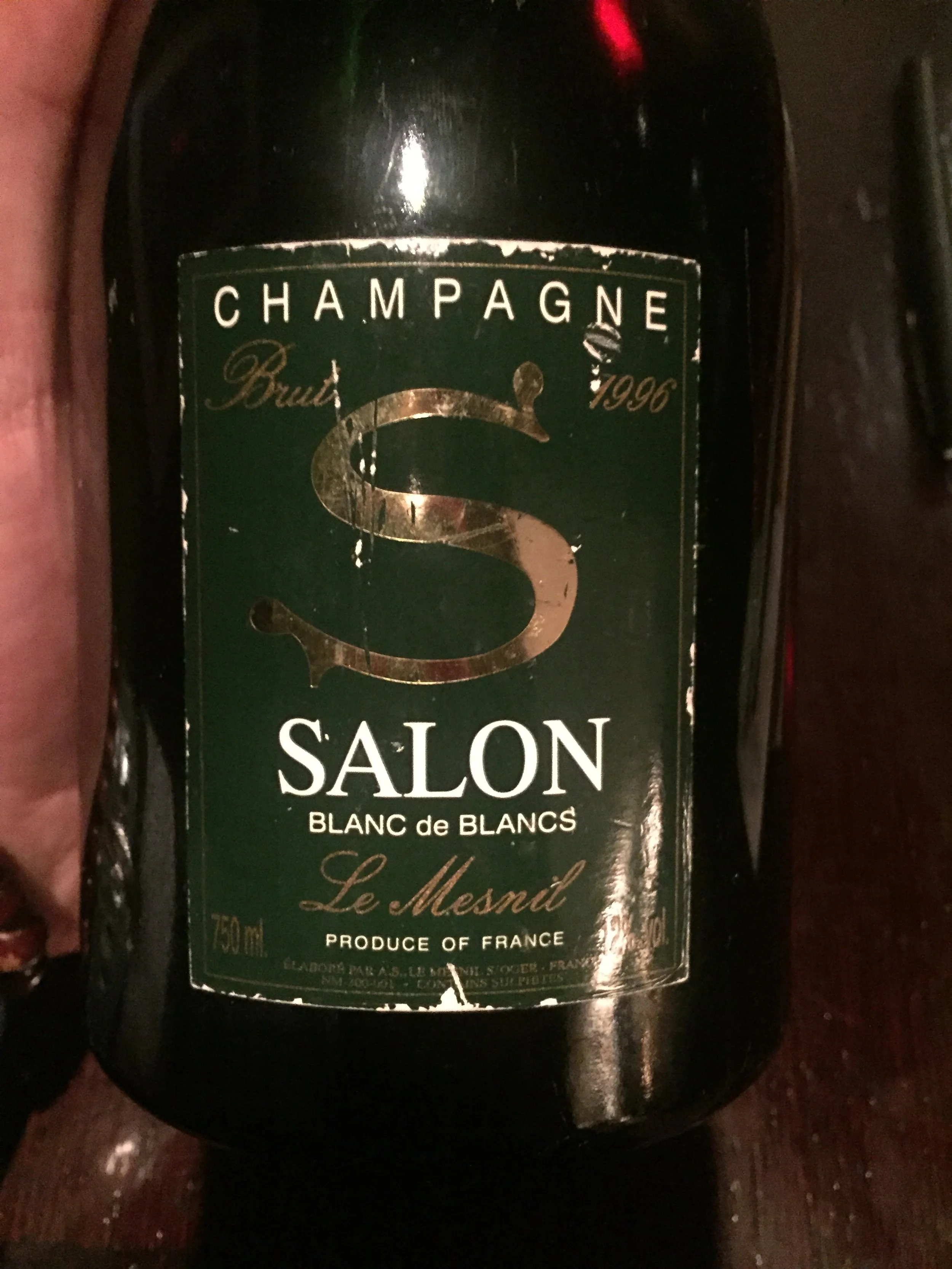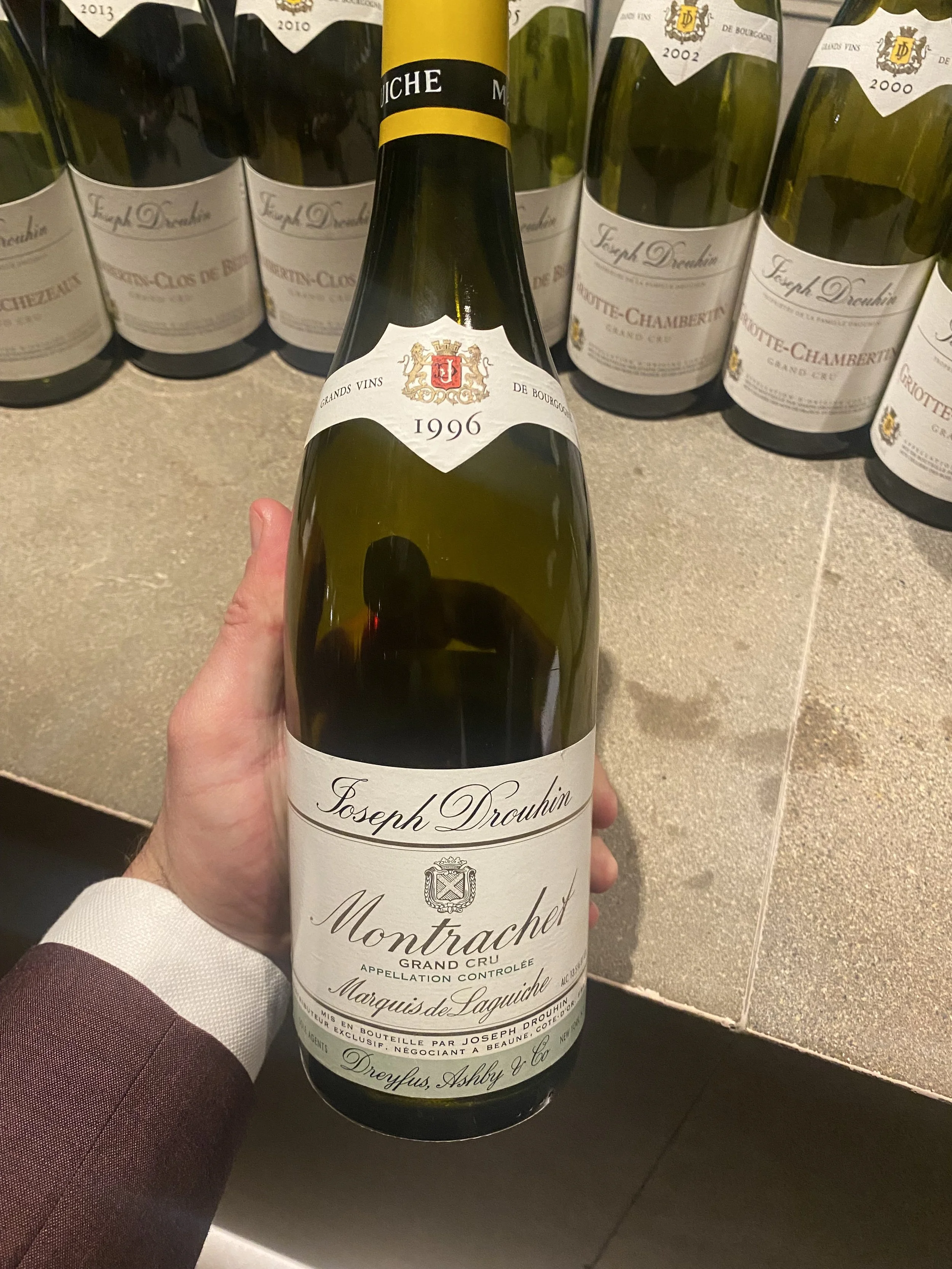1996 in champagne. what happened?
by Edouard Bourgeois
November 21, 2025
Ratings for 1996 often use words like "exceptional" and "grandiose," with some comparisons to 1928. What made 1996 objectively unique was the high average potential alcohol (10.3%) combined with high total acidity (10g/litre)—figures rarely seen together. As Charles Philipponnat noted, this is a significant jump from the 9.3% potential alcohol common forty years prior.
Acidity and potential alcohol work together for balance, but typically, when one is high, the other is low. In 1996, both figures were high. Bruno Paillard called it a 'naughty boy' vintage due to its unpredictable nature and the anxiety it caused producers while waiting for acidity levels to drop. However, the result for those with patience is "fantastic."
While acidity is key for aging, the true test is time. Over two decades later, the remaining 1996 bottles reveal which producers succeeded. The best examples are still complex and alluring, where the high acidity is balanced by a wide range of aromas, from brioche to stone fruit. Unfortunately, some other bottlings show only residual acidity, resulting in unbalanced and tart wines.
I recall opening a glorious bottle of 1996 Cristal for my son's birth seven years ago; the wine was still vibrant and charged.
Another fabulous example was made by Krug. As Olivier Krug said, "It’s a year where a good house or a good winemaker will make a good wine... It’s a tricky vintage." Other industry professionals have shared similar sentiments, noting that some vintners either opted out of making a vintage bottling or failed to achieve balance, resulting in wines that are already clumsy or tired.
The 1996 vintage often draws comparisons to its predecessor, 1995. These were the last two great Champagne vintages following the 1988, 1989, and 1990 trio. The 1996s are powerful wines; the best combine weight from ripeness with tension from acidity, providing the interest, complexity, and structure needed for long-term aging.
Interestingly, more houses released 1995 as a vintage Champagne than 1996, with a ratio of roughly 60% (1995) to 40% (1996).
Given its unpredictability, the safest bet for 1996 Champagne remains to go with producers you trust.
While looking for pictures of 1996 Champagne on my IPhone, I also found several other wines from various regions where the 1996 vintage truly shone, as seen in images below;jbgories
Dinner recap: Châteauneuf du Pape
Châteauneuf du Pape Dinner
by Edouard
9/30/22
Edouard Bourgeois
September 30, 2022
Châteauneuf du Pape, « the new pope’s castle » is not a shy wine, to say the least. The Grenache that typically composes the base of the blend receives enough sunlight and heat to ripen every year gloriously, producing wines with big personalities. Of course, Châteauneuf is regarded as a high alcohol wine and that is certainly true, but as always it is the balance that matters, and it is ok to reach 15 +% alcohol by volume as long as the other elements are there to define an harmonious picture. I find that bottle age can have an essential impact on the balance of the wine, as our dinner at Houseman proved last Thursday.
We kicked things off with a surprising flight of white Châteauneuf du Pape. Only about 7% of the Châteauneuf production is white, which explains why this category is often unknown to the consumers. Clairette here is the star of the show. At Domaine Saint Prefert, the Cuvée Spéciale Vieilles Clairettes pays homage to this grape variety magnificently with a wine reminiscent of honey and profound minerality. The domaine, organic since 2003, uses very old vines of Clairette for that cuvée, some plants in their hundred years of age. We also tasted Chateau La Nerthe white Châteauneuf, this time a blend of Clairette and the more aromatic Roussanne. The beautiful property ferments its wines in large oak vessels while aging takes place in stainless steel in order to keep a clean character. Finally for this flight of whites, we poured Domaine de Cristia and Domaine de la Solitude. Cristia, founded in 1942, shared similar qualities and blend of varieties than La Nerthe while Domaine de la Solitude, fermented and aged in barrels, showed a bit more power. Grenache Blanc represented a good quarter of the blend also in that one.
We then went back to Saint Prefert with a flight of three reds from the two top cuvées produced at the estate. A beautiful comparison of 2019 and 2015 Cuvee Charles Giraud showed what young Châteauneuf can do as far as exuberance and power. The Cuvee Giraud uses the oldest vines of the estate, planted on two different sites, one composed of sand, in a lieu dit named Cristia, and the other covered with the famous pebbles in “les Serres”. Whole cluster is used for the fermentation for the Cuvee Giraud. The other wine from Saint Prefert, the Reserve Auguste Favier, is a blend of 80% Grenache and 20% Cinsault with a pinch of Syrah, aged in demi-muids. This was a 2010 and proved my initial point that age can make wonders in Châteauneuf. It should be noted that 2010 in the region is considered exceptional, but the decade old bottle showed more refinement and delicious confiture aromas than its younger siblings from 2015 and 2019.
Moving on, the third flight was dedicated to one of the most classic producers in the region, Domaine de Pegau. I really like these wines where all thirteen grape varieties allowed are used in the blend. Fermentation in concrete is also a feature I like, making the wine a touch lighter and very elegant. The aging in 50 hectoliter oak foudres for two years only adds to the beauty. We tasted Pegau’s Cuvee Reservée 2019 and 2010 side by side. Not surprisingly again here, the young one was marked by alcohol while the 2010 was among my favorite wines of the night, explosive with a bouquet of garrigue and other “herbes de Provence”. To close that flight, we opened two “Cuvee Laurence”, named after the daughter, currently in charge of the domaine and aged for 4 years instead of 2 for the Cuvee Reservee we just reviewed. “Laurence 2017” surprised me with its fresh acidity, a feature I don’t find myself mentioning when talking about Châteauneuf. The 2013, served from a magnum, was good but not excellent. I had a magnum of the exact same wine a month prior, and it showed a tad more freshness. Nevertheless, 2013, a vintage known for its early drinking ability was in a good spot before its decade old birthday.
We closed the dinner with three gorgeous magnums. First, a Vieux Donjon 2015 made with very old vines , following the traditional GSM (Grenache, Syrah, Mourvedre) base and considered very traditional in the region, making only one wine, blending all their parcels together rather than bottling them separately. The second mag, a Domaine de la Janasse 2006, seemed so hot that I could barely taste it. I found the wine to be tannic and massively alcoholic. I generally enjoy the wines of Janasse, a large 90 hectare domaine founded in 1973. Fortunately, we finished on a very high note with a magnum of Chateau la Nerthe Cuvée des Cadettes 1998. Of course, the age distinguished this wine among the others, but I was so enamored with the level of distinction and class in this Châteauneuf. Made from 85 to 100 year old vines planted on sandy-clay soils, it was almost Burgundian with refined tannins that made me think of Barolo and an impressively long finish.
















